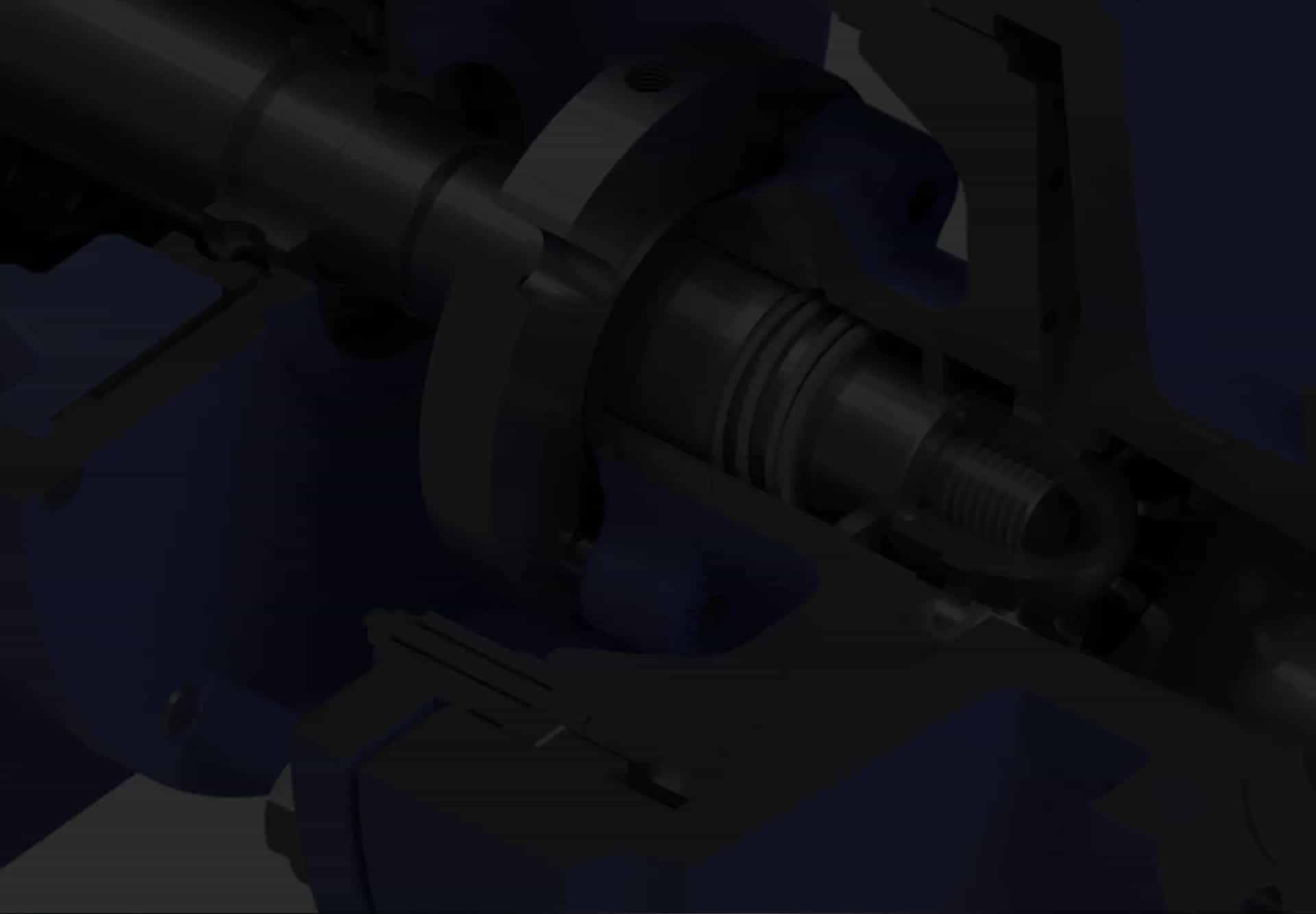10 月 . 31, 2024 05:04 Back to list
seals and wipers
Understanding Seals and Wipers Functions and Applications
Seals and wipers are critical components in various mechanical systems, serving vital functions in automotive, industrial, and consumer products. Understanding their roles, types, and applications can shed light on their importance in maintaining the efficiency and longevity of machinery.
Seals Essential for Preventing Leakage
Seals are designed to prevent the escape of fluids or gases from an assembly. They are used in a wide range of applications, from hydraulic systems in machinery to engines in automobiles. Typically made from rubber, silicone, or other elastomeric materials, seals create a barrier that maintains pressure and avoids contamination.
Different types of seals include O-rings, lip seals, and mechanical seals. O-rings are circular in shape and are often found in joints and fittings, where they compress to create a leak-proof barrier. Lip seals, on the other hand, are more complex and are commonly used in rotating shafts, preventing both oil leakages and contamination from external elements. Mechanical seals are widely utilized in pumps and compressors, providing a robust solution for high-pressure conditions.
Wipers Ensuring Clean Surfaces
seals and wipers

Wipers, on the other hand, primarily focus on maintaining clean surfaces by wiping away contaminants such as dust, dirt, and moisture. They are commonly found in applications where cleanliness is crucial, such as in windshield wipers on vehicles, machine tool guides, and any surface that experiences repetitive motion.
Wipers come in various designs, including those made from rubber, felt, or synthetic materials. The choice of material depends on the specific application and environmental conditions. For instance, windshield wipers are designed to withstand various weather conditions while effectively clearing rain and snow. In industrial settings, wipers may be used on CNC machines to keep the moving parts free of debris, enhancing the accuracy of machining processes.
Synergy and Maintenance
While seals and wipers serve different purposes, their functions often complement each other. For instance, in hydraulic cylinders, seals prevent fluid leakage, while wipers ensure that contaminants do not enter the cylinder, thereby prolonging its life. Regular maintenance of both seals and wipers is essential to ensure optimal performance. Checking for wear and replacing them as needed can prevent costly downtime and repairs.
Conclusion
In conclusion, seals and wipers play indispensable roles in the functionality and maintenance of mechanical systems. Their ability to prevent leaks and keep surfaces clean not only enhances performance but also contributes to the safety and reliability of various applications. By understanding their importance, industries can improve maintenance protocols, ultimately leading to enhanced efficiency and reduced costs.
-
The Power of Advanced Sealing: High-Pressure Solutions for Modern Machinery
NewsOct.29,2024
-
Optimizing Machinery with High-Performance Oil Seals
NewsOct.29,2024
-
Maximizing Machinery Efficiency with Advanced Oil Seals
NewsOct.29,2024
-
Ensuring Equipment Longevity with Quality Oil Seals
NewsOct.29,2024
-
Enhance Equipment Performance with Quality Oil Seals
NewsOct.29,2024
-
Custom Oil Seals for Specialized Machinery Needs
NewsOct.29,2024
-
The Role of Wiper Seals in Dust Sealing and Oil Protection
NewsOct.20,2024
Products categories
















